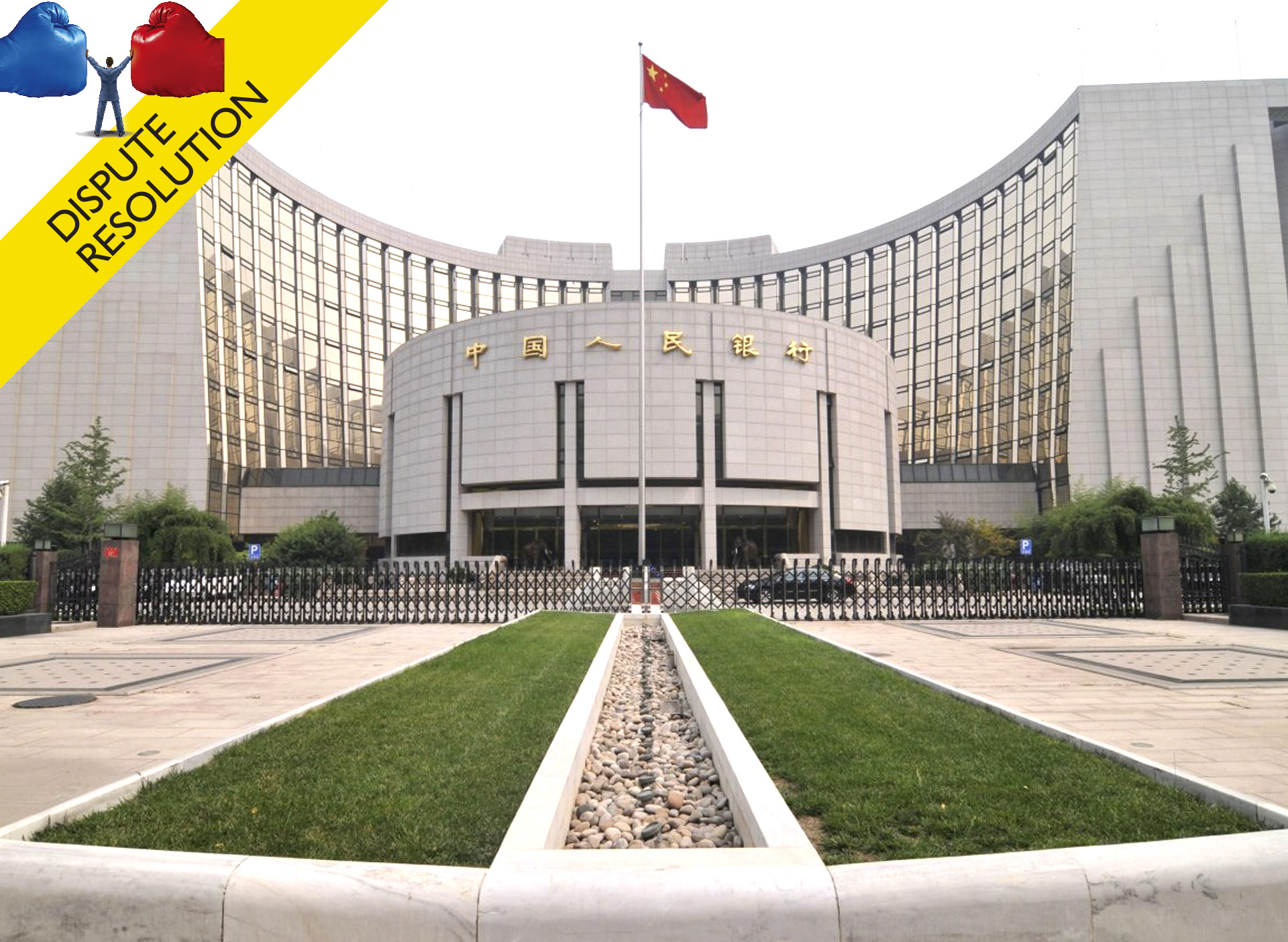 When defining the relevant market under anti-monopoly law system, the specific commodity and the territorial area that is affected by the competition of commodity concerned shall be generally considered. The Guidelines on the Definition of the Relevant Market issued by the Anti-Monopoly Commission of the State Council in 2009 defines them as “relevant commodity market” and “relevant geographic market”. Relevant commodity market refers to a market comprising of a group or a category of products which are regarded as having close substitution relations by consumers in light of such factors as the products’ characteristics, intended use and prices, etc. In addition to the above general principles and methods, when defining the relevant commodity market of intellectual property rights, the particularity of intellectual property rights field should be considered, for example, the factors of intellectual property, innovation, etc. In the 2013 Huawei vs. IDC case, the court determined, based on the non-substitutability of essential patent, that the relevant commodity market concerned is the aggregation of each independent relevant market of the essential patent license market in 3G wireless communications standards (WCDMA, CDMA2000, TD-SCDMA) of IDC. In other words, each essential patent license market of IDC in 3G wireless communications standards in China and the U.S. constitutes an independent relevant commodity market and the relevant commodity market in this case is the aggregation of such essential patent license markets. In the 2015 Qualcomm case, the relevant commodity market defined by the National Development and Reform Commission (‘NDRC’) includes not only the relevant technology market (i.e. wireless communications standard-essential patent portfolio license market of Qualcomm) but also the market of product containing intellectual property rights (i.e. the baseband chip market which is further segmented into CDMA baseband chip market, WCDMA baseband chip market and LTE baseband chip market). NDRC further analysed the interaction between the technology market and the product market and the market dominance of Qualcomm. NDRC adopted the same position as taken by the court in the Huawei vs. IDC case, namely, each standard-essential patent license can be deemed as an independent relevant commodity market. Later, the State Administration for Industry and Commerce (‘SAIC’) issued the Provisions on Prohibition of Abuse of Intellectual Property Rights to Exclude and Restrict Competition (the ‘Provisions’). The Provisions further specify that, in the anti-trust enforcement involving licensing of intellectual property, the relevant commodity market can be the technology market or the market of product containing specific intellectual property. The relevant technology market shall mean the market of competition between technologies involved in exercise of intellectual property rights and the same type of technologies which are mutually substitutable. It signifies that the relevant technology market and relevant commodity market are not coordinate and instead, the relevant technology market is a special circumstance of the relevant commodity market and, together with the relevant product market, belongs to the category of the relevant commodity market. In order to further clarify the anti-trust issues of abuse of intellectual property rights, NDRC and SAIC promulgated, in the end of 2015 and during the first half of 2016, the Anti-Monopoly Guidelines on Abuse of Intellectual Property Rights (Draft for Comment) (the ‘Anti-Monopoly Guidelines’) and the Anti-Monopoly Enforcement Guidelines on Abuse of Intellectual Property Rights (7th edition of SAIC) (the ‘Anti-Monopoly Enforcement Guidelines’) for public comments and opinions. The Anti-Monopoly Guidelines clarify that the intellectual property may be the direct subject matter or be used to provide product or service, introduce the definition of “relevant technology market”, and consider the influence of the exercise of intellectual property rights on research and development as well as innovation activities. Based on the principle of substitutability when defining the relevant technology market, technical nature, purpose, license fees, validity period of the intellectual property rights, and the possibility as well as the costs for its users to switch to other technologies shall be considered. Meanwhile, the Anti-Monopoly Enforcement Guidelines further introduce the concept of “relevant innovation market”. Relevant innovation market includes the market in which undertaking compete against each other for research and development of new technologies and new products in future. It certainly expands the category of the relevant commodity market involving intellectual property rights. When the Anti-Monopoly Guidelines and the Anti-Monopoly Enforcement Guidelines come into effect, they will supplement significantly to the Anti-Monopoly Law as well as the Provisions. It is undoubtedly much more complicated to define the relevant commodity market in the intellectual property rights monopolies due to the characteristics of the intellectual property rights. The legislative history and past cases in China indicate that to define the relevant commodity market of intellectual property would involve relevant technology market, relevant product market and relevant innovation market, who have a broader extension than that of common product market, which therefore results in more possibilities when defining the relevant commodity market concerning intellectual property rights and further grants more initiatives to the China anti-trust enforcement agencies to determine the relevant commodity market concerning intellectual property rights. Although the relevant laws, regulations and guidelines clearly define the relevant technology market, relevant product market and relevant innovation market, China anti-trust enforcement agencies still enjoys certain discretion in practice. 反垄断法下知识产权相关商品市场的界定 在反垄断法体系下界定相关市场时,一般需要考虑案件涉及的具体商品以及受具体商品竞争影响的地域范围,2009年国务院反垄断委员会通过的《关於相关市场界定的指南》将其分为”相关商品市场”和”相关地域市场”。相关商品市场是指”根据商品的特性、用途及价格等因素,由需求者认为具有较为紧密替代关系的一组或一类商品所构成的市场”。而在界定涉及知识产权的相关商品市场时,除遵照上述一般原则和方式方法外,应特别注意知识产权领域的特殊性,考虑知识产权、创新等因素的影响。 在2013年华为技术有限公司诉交互数字技术公司及其关联公司一案中,法院基於必要专利的无法替代性,认定相关商品市场是被告方在3G无线通信技术中的WCDMA、CDMA2000、TD – SCDMA标准下的每一个必要专利许可市场构成的集合束。换而言之,被告方在中国和美国的3G无线通信技术标准(WCDMA、CDMA2000、TD – SCDMA)中的每一个必要专利许可市场,均构成一个独立的相关商品市场,本案的相关商品市场是该一个个独立相关商品市场的集合束。在2015年高通案中,国家发展和改革委员会界定的相关商品市场既包括相关技术市场,即高通持有的”无线标准必要专利组合许可市场”;也包括含知识产权的产品市场,即”基带芯片市场”,其又细分为CDMA基带芯片市场、WCDMA基带芯片市场和LTE基带芯片市场。国家发展和改革委员会进一步地分析了技术市场与产品市场之间的连动关系以及高通公司的市场支配地位。国家发展和改革委员会在认定标准必要专利时沿用了华为技术有限公司诉交互数字技术公司及其关联公司一案中法院相同的观点,即每一项标准必要专利许可均可单独构成一个独立的相关商品市场。 此后,国家工商总局颁布了《关於禁止滥用知识产权排除、限制竞争行为的规定》(”《规定》”)。《规定》进一步明确了在涉及知识产权许可等反垄断执法工作中,相关商品市场可以是技术市场,也可以是含有特定知识产权的产品市场。相关技术市场是指由行使知识产权所涉及的技术和可以相互替代的同类技术之间相互竞争所构成的市场。这意味着,相关技术市场与相关商品市场不是并列的关系,相关技术市场是相关商品市场的一种特定情形,其与相关产品市场同属於相关商品市场的范畴。 为了进一步界定滥用知识产权的反垄断问题,国家发展和改革委员会和国家工商总局於2015年年底至2016年上半年先后颁布了《关於滥用知识产权的反垄断指南(征求意见稿)》(”《反垄断指南》”)和《关於滥用知识产权的反垄断执法指南(国家工商总局第七稿)》(”《反垄断执法指南》”)向社会公开征求意见。《反垄断指南》明确了知识产权既可以直接作为标的,也可以被用於提供商品或者服务的特性,并引入对”相关技术市场”的界定,考虑知识产权行使对研发投资、创新活动的影响。依照界定”相关技术市场”的可替代性原则,技术属性、用途、许可费、知识产权时间期限及其需求者转向其他可替代性技术的可能性及成本等将列入考虑范围。同时,《反垄断执法指南》在原有的相关商品市场范围的基础上,进一步提出了”相关创新市场”的概念。相关创新市场包含了经营者就未来新技术或者新商品的研究与开发进行竞争所形成的市场。这无疑扩大了涉及知识产权的相关商品市场的范畴。待《反垄断指南》和《反垄断执法指南》正式实施,其将作为对《反垄断法》和《规定》的重要补充。 基於知识产权自身的特性,涉及知识产权垄断行为中的相关商品市场界定较其他垄断行为的界定更为复杂。从中国的立法沿革和过往案例来看,在界定知识产权的相关商品市场时一般涉及”相关技术市场”、”相关产品市场”和”相关创新市场”三个领域,其外延较一般商品市场外延更广,从而使得涉及知识产权的相关商品市场的认定存在更多的可能,并因此赋予中国反垄断主管部门在认定涉及知识产权的相关商品市场时更大的主观能动性。即便相关法律、法规、指南对於”相关技术市场”、”相关产品市场”和”相关创新市场”有较为明确的定义,中国反垄断主管部门在实践中仍然具有灵活性和一定的自由裁量空间。 ––––––––––––– |
China (PRC)
Related Articles
Related Articles by Jurisdiction
Recent developments in banking dispute resolution in China
New methods of financing and challenging economic conditions have fuelled new types of disputes ...
Big steps, long strides: China’s progress on intellectual property rights
The intellectual property environment in China has seen significant developments over the past 12 months ...
Total Recall? The milk scandal and food liability insurance in China
Carrie Yang and Amanda Li of Clyde & Co contemplate how the insurance market will change in China once the government implements strict liability for food safety.
Latest Articles















